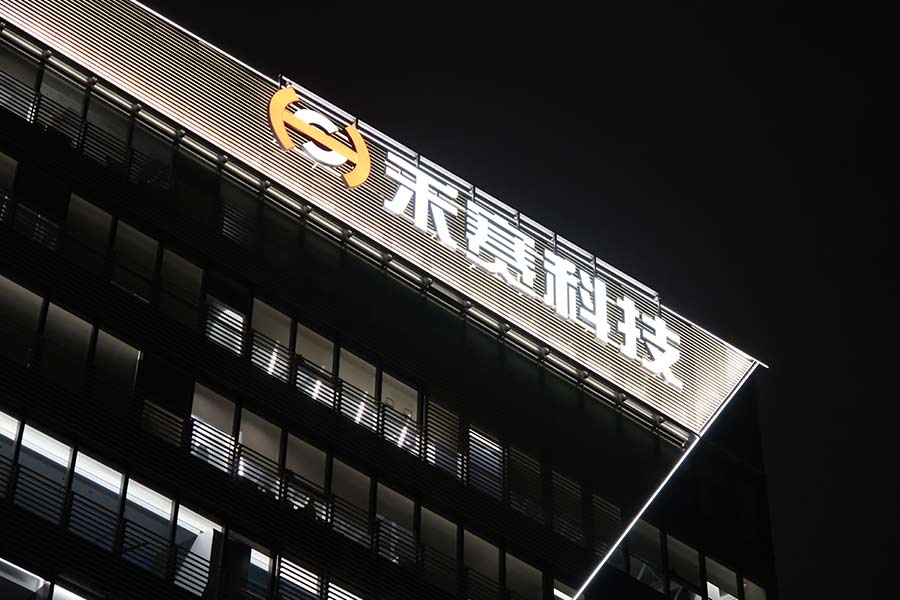Cleary Gottlieb, Fangda Partners, Maples Group, Freshfields and Jingtian & Gongcheng have assisted on Chinese lidar maker Hesai Technology’s debut in Hong Kong, raising HKD4.16 billion (USD534.56 million) – the biggest capital raised by a US-listed Chinese company returning to the city in nearly four years.
This offering was oversubscribed by 168.65 times and attracted prominent cornerstone investors, including Hillhouse Capital’s HHLRA and Taikang Life.
Cleary acted as the issuer’s Hong Kong and US legal counsel, Fangda counselled on PRC law, and Maples Group advised on Cayman Islands law.
Fangda’s team was led by partners Jeffrey Ding, Wang Mengjie and Brian Liu.
Freshfields provided Hong Kong and US legal advice to the joint sponsors — CICC, Guotai Junan and CMB International — as well as to seven underwriters. Freshfields partners Arun Balasubramanian, Howie Farn and David Yi led the team.
Jingtian & Gongcheng acted as the underwriters’ PRC legal counsel, with partners Eugene Chen and Zhu Wangying leading the team.
In early 2024, Hesai was added to the US Department of Defence’s list of “Chinese military companies”, which led its stock price to fall. However, the company’s performance has recovered, becoming the world’s first lidar company to achieve annual profitability with RMB2.08 billion in revenue in 2024.
Amid policy changes in the US stock market, relisting in Hong Kong has become a clear option for companies to navigate uncertainties. Aside from Hesai, iQIYI relaunched its secondary listing plan in Hong Kong in August this year.
Hong Kong’s Financial Secretary Paul Chan has urged the Securities and Futures Commission and the HKEX to prepare for the city to become the preferred listing destination for overseas-listed mainland companies.
Lidar, or light detection and ranging, is a sensor technology using low energy laser beams to measure the time it takes to bounce back from hitting an object. The technology is used create 3D maps that assist robots and vehicles to avoid obstacles.

